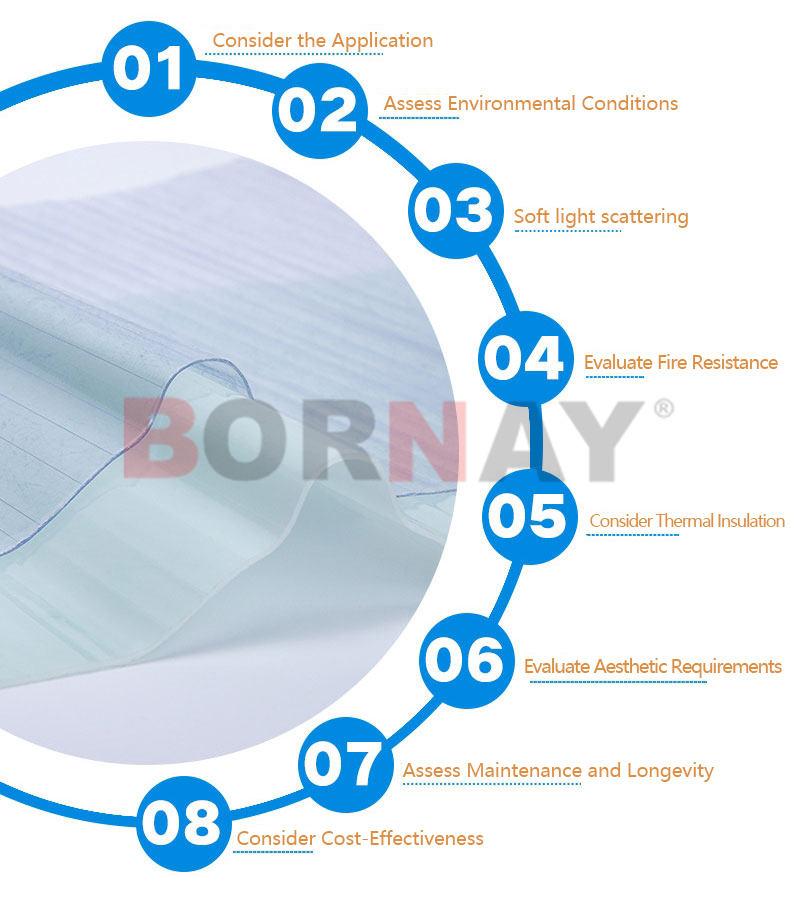Bienvenidos a Langfang-bonai
Exploring the Versatile Applications of Langfang bonai FRP Roof Panels: From Architecture to Transportation|calamine factory
Langfang bonai Fiber-Reinforced Polymer (FRP) roof panels have gained significant traction in various industries due to their remarkable strength-to-weight ratio, durability, and versatility. Originally developed for the aerospace and automotive sectors, FRP materials have now found their way into architecture and transportation applications. This article delves into the widespread use of FRP roof panels, highlighting their benefits and showcasing their diverse applications.
- Advantages of FRP Roof Panels
Fiber-Reinforced Polymer (FRP) is a composite material composed of a polymer matrix reinforced with fibers, often glass, carbon, or aramid fibers. These materials offer a range of advantages that contribute to their growing popularity:
- Strength and Durability: FRP panels are known for their exceptional strength-to-weight ratio. They can withstand heavy loads and various environmental conditions without compromising their structural integrity.
- Lightweight: One of the standout features of FRP materials is their lightweight nature. This characteristic makes them suitable for applications where weight reduction is crucial.
- Corrosion Resistance: Unlike traditional materials like steel, FRP panels are highly resistant to corrosion, making them ideal for outdoor and harsh environments.
- Design Flexibility: FRP panels can be molded into various shapes and sizes, allowing for intricate and creative designs that are often limited by other materials.
- Low Maintenance: The durability and resistance of FRP materials reduce the need for frequent maintenance, resulting in long-term cost savings.
- Thermal and Electrical Insulation: FRP panels offer excellent thermal and electrical insulation properties, adding to their versatility.

- Architectural Applications
The architectural industry has embraced the use of FRP roof panels for both functional and aesthetic reasons:
- Roofing: FRP panels are employed in roofing systems due to their lightweight nature, ease of installation, and resistance to weathering. They are particularly useful for large-span structures where weight can be a concern.
- Skylights and Canopies: FRP panels are used to create skylights and canopies that allow natural light while maintaining structural integrity. The flexibility of FRP allows for unique designs that enhance the visual appeal of architectural spaces.
- Facade Cladding: The design flexibility of FRP panels is evident in their use for facade cladding. Panels can be molded into intricate patterns, offering architects the freedom to explore innovative designs.
- Sustainable Construction: The lightweight and durable nature of FRP materials align with sustainability goals, reducing the environmental impact of construction projects.

- Transportation Applications
FRP roof panels have also found a place in the transportation sector, offering solutions that enhance performance and efficiency:
- Automotive Industry: FRP panels are used in automotive roofs to reduce weight, improving fuel efficiency and handling. The material's ability to be molded into complex shapes allows for streamlined and aerodynamic designs.
- Aerospace Sector: The aerospace industry was one of the pioneers in FRP applications. Today, FRP composites are used in aircraft structures, including wings and fuselage components, contributing to weight reduction and fuel savings.
- Mass Transit Systems: FRP panels are utilized in the construction of buses, trains, and even ships. Their corrosion resistance and lightweight properties contribute to the longevity and efficiency of these vehicles.

Fiber-Reinforced Polymer (FRP) roof panels have evolved from their origins in aerospace and automotive industries to become a versatile material in architecture and transportation. Their exceptional strength-to-weight ratio, durability, and design flexibility have led to widespread adoption. From iconic architectural designs to fuel-efficient transportation solutions, FRP panels continue to shape modern industries by offering innovative and sustainable solutions to age-old challenges.


